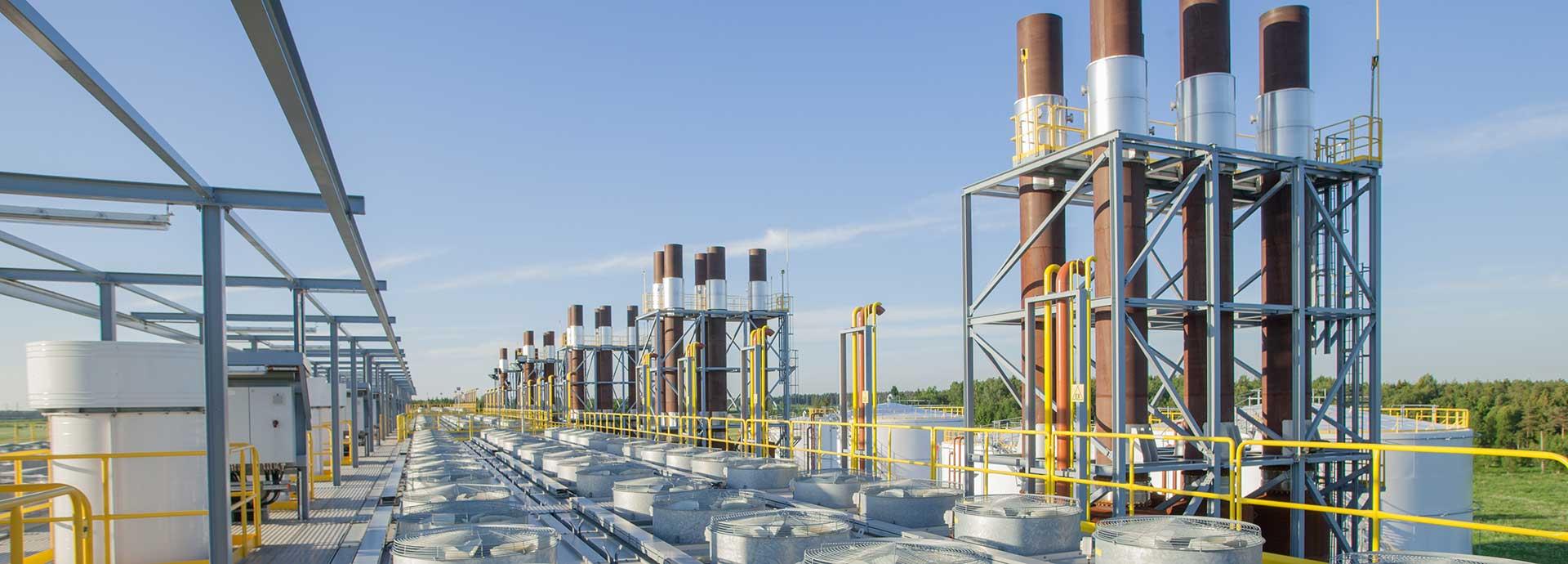

Switching to renewable sources of power may be the future, but the need to improve the energy efficiency of existing power systems cannot be ignored. Wärtsilä’s Guaranteed Asset Performance programme is one way to make that possible.
From Sweden to Germany, to India, China and even Kenya, many countries are switching to wind and solar power, vowing to be almost entirely powered by renewables in order to rein in emissions and ensure sustainability.
However, even as the renewable energy signals the rise of a new world order, governments and energy experts are no longer viewing the adoption of clean and renewable power in isolation. And that’s because of challenges like energy intermittency, power wastage and varying adoption rates, which prevent renewable energy from reaching its full potential.
Which is why, in order to accelerate the path to meeting emissions targets, an equal focus is now being placed on another key element - achieving energy efficiency.
“As the world transitions to clean energy, efficiency can make the transition cheaper, faster and more beneficial across all sectors of our economies. Yet, energy efficiency is far from fulfilling its potential,” explained Fatih Birol, Executive Director, International Energy Agency (IEA), in a 2016 energy efficiency report. “Globally, two-thirds of the economic potential remains untapped. 70% of the world’s energy use takes place outside of any efficiency performance requirements.”
Improving energy efficiency, a win-win solution
Improving the energy efficiency of existing power systems can have significant social and economic benefits.
“Customers can achieve cost savings via lower fuel consumption and also reduce the use of spare parts owing to a lower risk of breakdowns,” explains Markus Åbrant, General Manager, Energy Agreements (South Europe & Africa) at Wärtsilä. “Emission reductions can also be achieved through constant follow ups on engine and equipment performance and also through predictive maintenance whenever required.”
In fact, in IEA member countries that have been following energy efficiency improvements since 2000, greenhouse gas emissions from fossil fuel consumption reduced by 1.5 gigatonnes. In monetary terms, this translated to a whopping USD 540 billion in energy savings in 2015.
It’s no wonder then that economies around the world are now tightening energy efficiency regulations.
The EU, for instance, voted for a legally binding increase in its energy efficiency target by 40% by the year 2030. China, too, is seeking to reduce its carbon emissions by 18% from 2015 levels with the help of efficiency improvements.
So, what’s the best way to achieve energy efficiency?
“Continuous development of technology, efficient ways of working, that is, right actions at the right time throughout the lifecycle of a power plant, as well as employing the correct mix of renewables and conventionally produced energy,” declares Åbrant.
One way to improve energy efficiency is through data-driven maintenance and lifecycle upgrades, such as Wärtsilä’s Guaranteed Asset Performance programme which is used by companies to maintain their equipment
“We collect current operational data via digital services on different levels and analyse it,” explains Åbrant. “Then, we suggest preventive actions that will allow the customer to achieve performance targets in terms of e.g. heat rate, availability and output for respective installation. This is something that make long-term costs more predictable for our customers.”
The many paths to energy efficiency
In addition to this, Wärtsilä also supports daily operations by employing dedicated operational management for each installation, backed up by several expertise centres. Fleets are also continuously optimised through the use of operation and maintenance plans.
“By maintaining the equipment according to OEM schedules and bulletins, performing maintenance at the right time and for example replacing components by new technology whenever available, we are safeguarding the efficient operation of an installation in an environmentally friendly way,” says Åbrant.
But that’s just one part of the picture. There are multiple ways to improve energy efficiency, and Wärtsilä, for instance, has successfully executed a number of these in different projects. One such method is through a power plant lifecycle upgrade.
In Limbe, in Cameroon, Wärtsilä rehabilitated and upgraded a power plant within a span of seven months to help it regain its original capacity of 80 MW. Not only did this extend the lifecycle of the power plant, it also helped reduce costs.
Another way method to upgrade energy efficiency is through complete conversion, like at the Shanghai Electric Power Plant (SEP) in Malta in Wärtsilä.
The Delimara power plant 3 operated by SEP at Malta is crucial as it is the only plant that provides power to both Malta and its neighbouring islands. Previously run on heavy fuel oil (HFO), eight Delimara plants were converted by Wärtsilä to run on natural gas, with the primary aim of reducing the cost of electricity production.
“Our power plant will benefit from a lower heat rate for the engines, increased efficiency, higher power output capacity, and lower emissions. This means reduced operational costs and lower emissions, says Tan Qing, Project Manager at Shanghai Electric Power Limited, speaking about the Delimara 3 conversion.
Upgrading turbochargers can also improve overall energy efficiency. Typically, the replacement of turbochargers usually takes place in 50,000 hour intervals and requires major work to be carried out. Wärtsilä’s solutions, however, allow customers to simply exchange the turbocharger instead of replacing it, guaranteeing reduced fuel consumption by up to 4%.
In order to obtain maximum energy efficiency, a mix of component upgrades as well as constant maintenance is considered the way ahead. Here, the upgrade will result in short-term improvement, while the right type of maintenance, will help reach mid and long-term improvement.
“Both upgradation and maintenance, in combination, will be by far the best solution to improving energy efficiency throughout the plant lifecycle,” concludes Åbrant.


